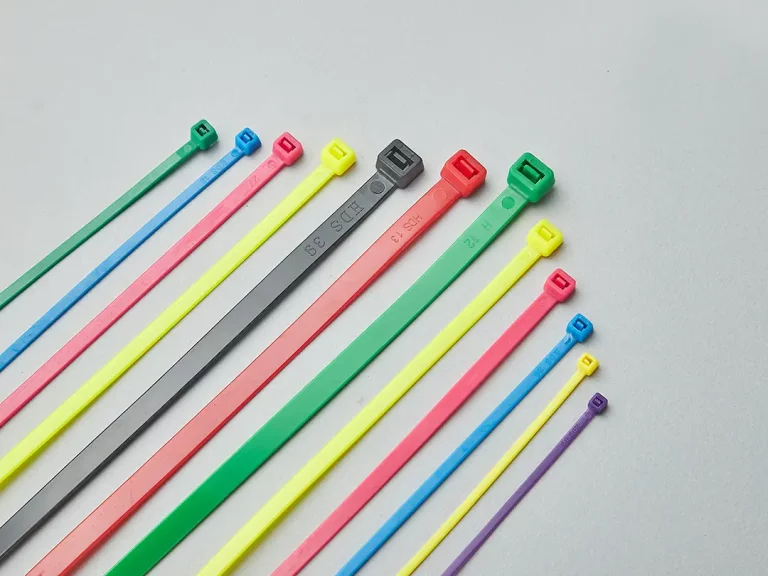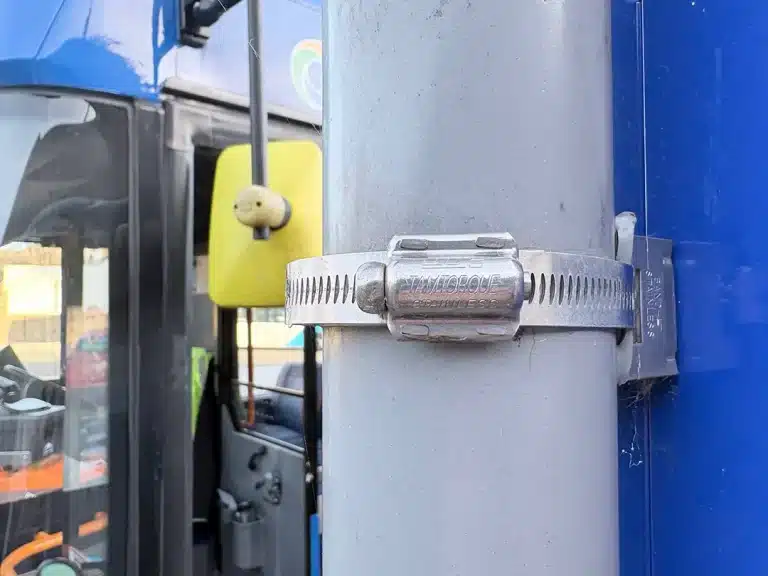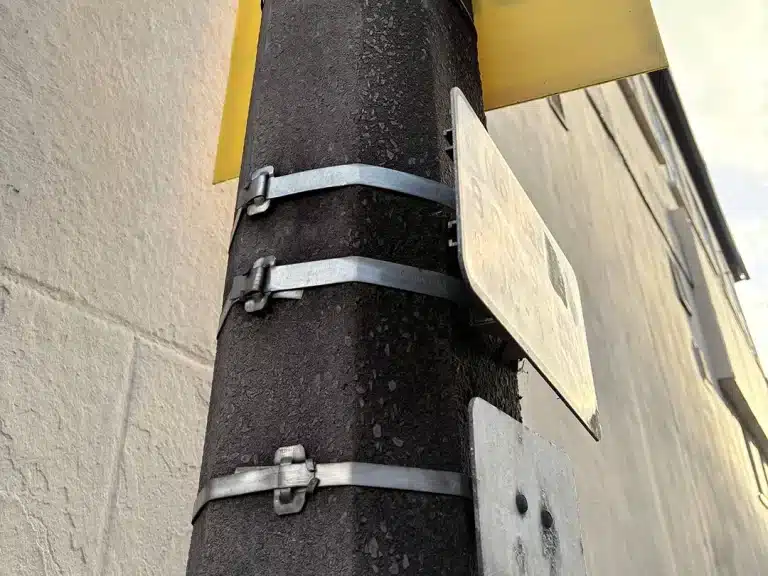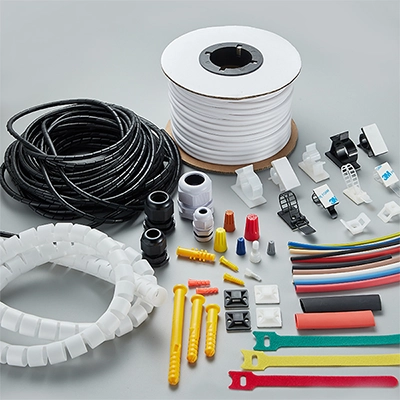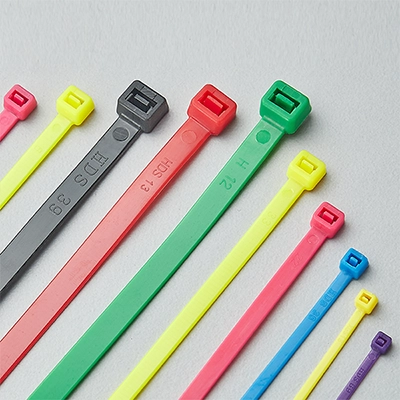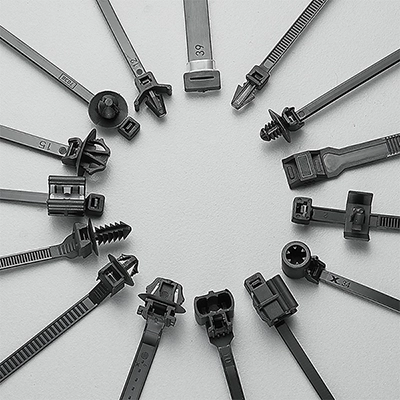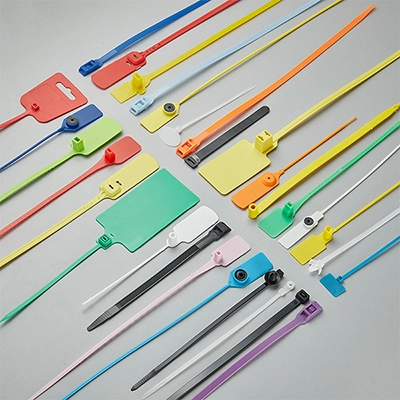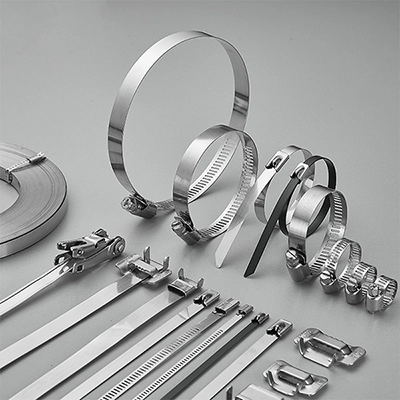In daily use, many people notice a common thing: even when the cable tie size and material are the same, reusable zip ties often have lower tensile strength than standard self-locking ones. This does not mean poor quality. The reason is simple — it comes from their different design and structure.
Reusable cable ties are made to open and close many times. Standard zip ties are made for one-time locking, so the teeth bite deeper and hold tighter. Because reusable ones must allow release, the locking part is lighter and less rigid. This makes them easier to reuse, but also reduces their strength.
This article explains the difference from three sides: the principle, the structure, and how they are used in real life.
1. Design Differences
Standard cable ties
The strength of a self-locking zip tie comes from its one-way locking design. When the strap goes through the head, the teeth on the strap are caught by a pawl inside the lock. The deeper the pawl bites into the teeth, the tighter the grip. This gives self-locking zip ties very high tensile strength, as they are made for a one-time, secure hold.
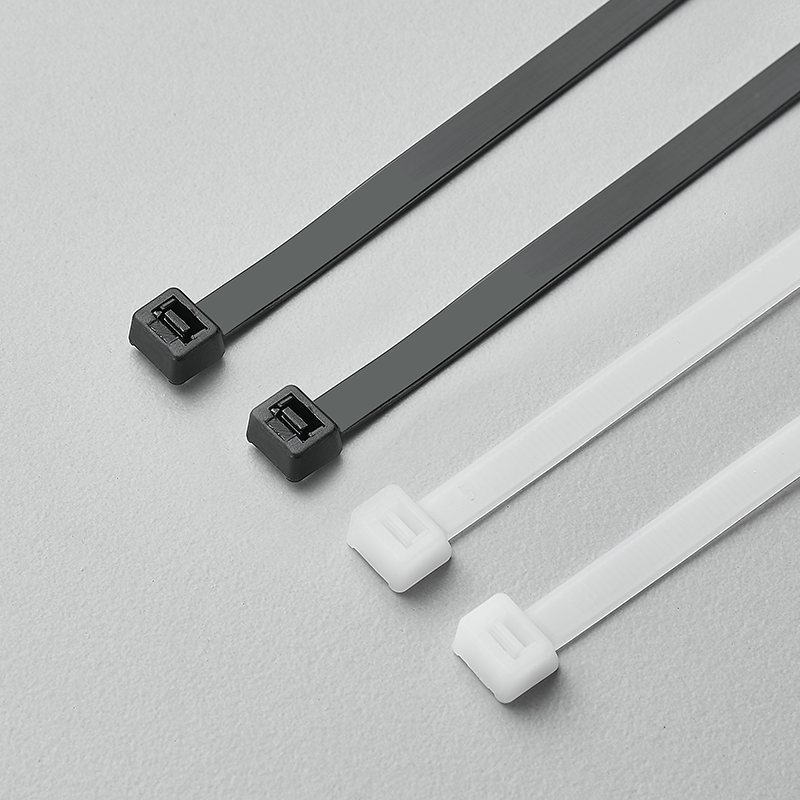
Reusable cable ties
To make reusable cable ties easy to open and close, the lock has an extra release tab. When pressed, the pawl is lifted and the strap can slide out. This makes the tie reusable, but the pawl does not bite as deeply as in a self-locking tie. The grip is weaker, so the tensile strength is lower.
2. Why Reusable Zip Ties Have Lower Strength
The lower strength of reusable zip ties is not because of poor material, but because of the design goal.
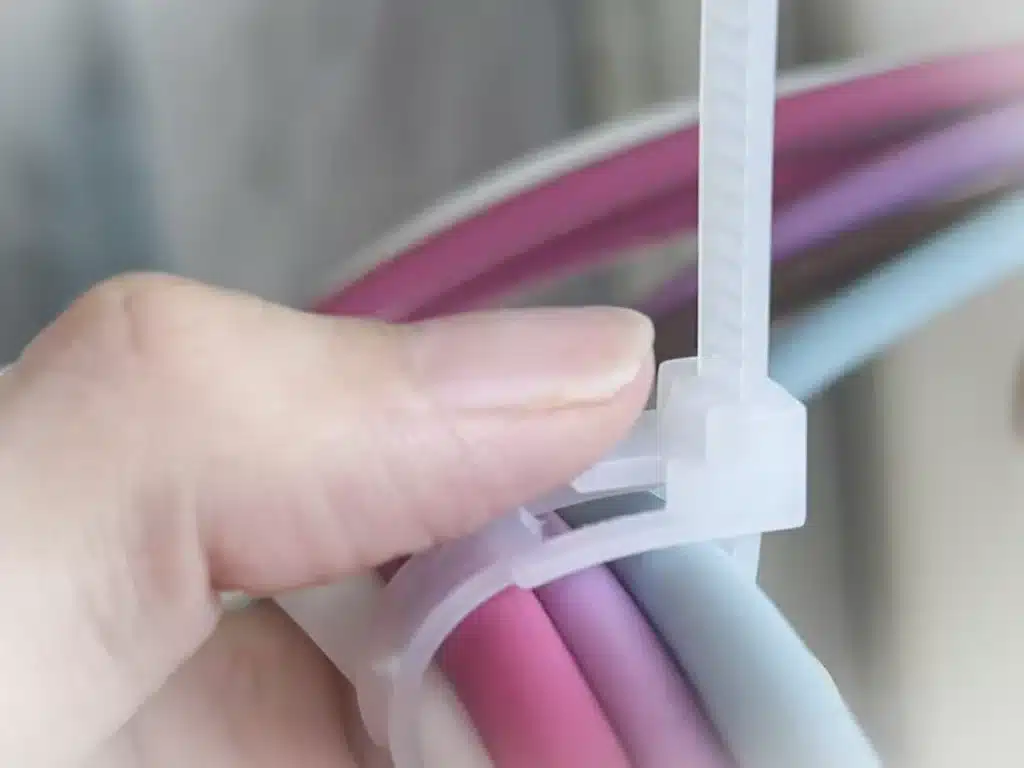
Self-locking ties are made for one-time use: once locked, they only get tighter.
Reusable ties must allow release at any time, so the lock is less rigid and the pawl grip is shallower.
1. Smaller contact area
In a self-locking tie, the teeth and pawl have deep contact, giving a large surface area and strong friction. In a reusable zip tie, the contact is shallow so that it can be released smoothly. The smaller grip area makes it easier to slip or break under high tension.
2. The release mechanism reduces strength
The release tab inside reusable cable ties is the weak point. It takes part of the load and prevents the tie from locking as firmly as a self-locking one.
This difference is clear in performance: for example, a 7.5×250 mm PA66 self-locking zip tie can hold over 55 kg, while a reusable zip tie of the same size usually holds only about 25 kg, according to HellermannTyton releasable cable ties. The trade-off is clear — lower strength in exchange for reusability.
3. Different Uses in Practice
Since the tensile strength is different, each type of zip tie works best in different situations.
Self-locking zip ties: best for one-time or long-term fixing
Because they are stronger and lock firmly, self-locking ties are used where a permanent hold is needed. Examples include:
- Bundling wires inside electrical boxes
- Securing wire harnesses in cars and heavy equipment
- Fixing pipes or temporary frames on construction sites
- Outdoor use where ties face pulling force, sun, or rain for a long time
In all these cases, the tie must stay locked, so self-locking ties are the first choice.
Reusable cable ties: best for temporary or repeat use
While reusable zip ties are not as strong, their ability to open and close makes them very practical. Examples include:
- Temporary wiring and booth setups at exhibitions or events
- Organizing cables at home or in the office, where frequent changes are needed
- Farming and livestock use, where high strength is not required, but reuse is valuable
In these cases, easy removal and reuse matter more than maximum strength, so reusable cable ties are more convenient and cost-effective.
Conclusion
The lower strength of reusable zip ties compared with self-locking ones is not a quality issue, but a result of different design goals. Reusable cable ties focus on flexibility and reusability, while self-locking ties aim for maximum one-time strength.
When choosing a zip tie, think about your real needs: do you need to reuse it, or do you need maximum strength? Understanding this design logic helps you pick and use cable ties more effectively.
